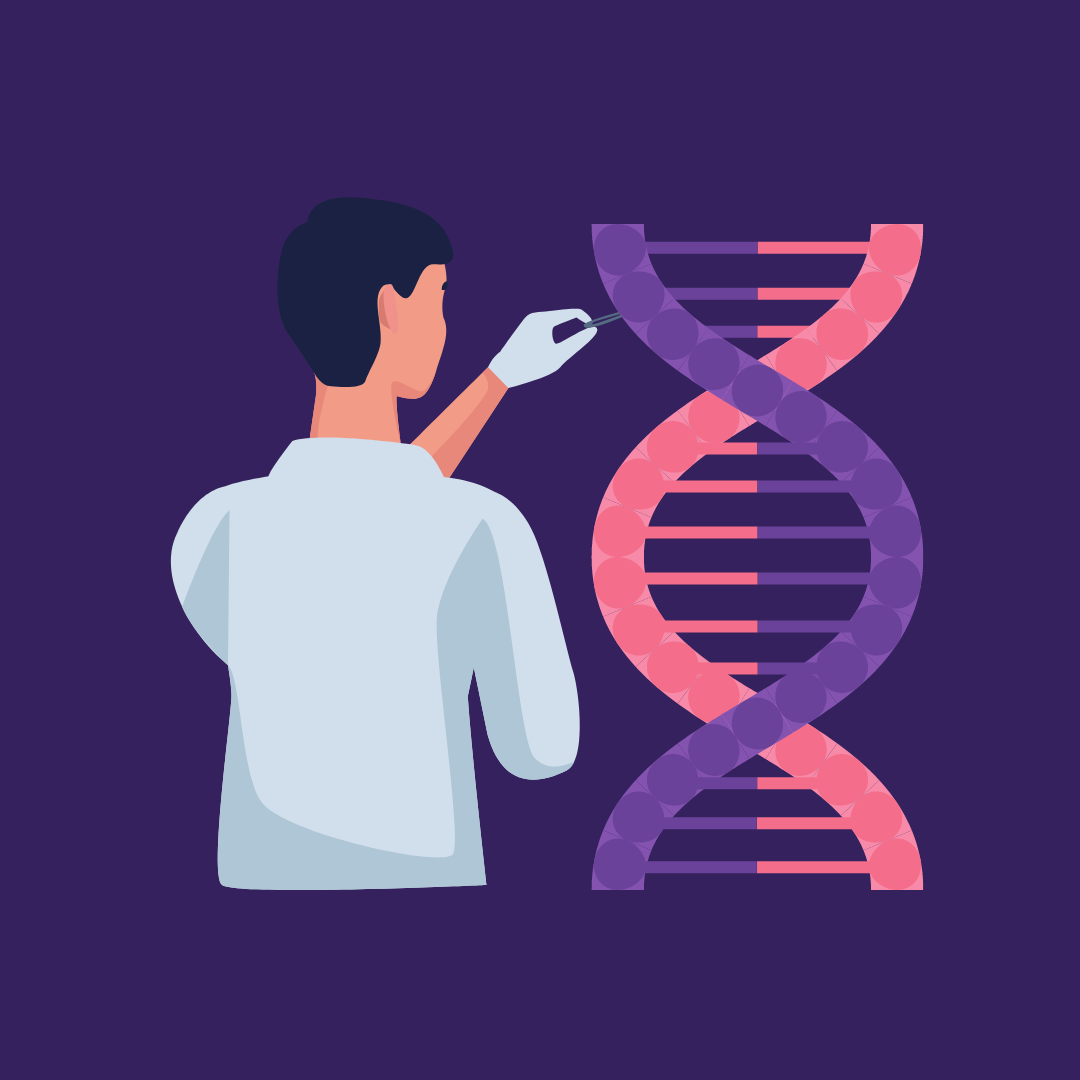Meet the fetal surgeon forging CRISPR’s next frontier: curing diseases in the womb
By Megan Molteni,
STAT
| 02. 21. 2024
SAN FRANCISCO — Outside, the August sun wasn’t yet visible through the thick folds of fog blanketing the San Francisco skyline. Its warmth did not reach the operating room tucked into the sprawling Parnassus Heights hospital complex. In there, the light was all cold and blue fluorescence washing over the sea of scrub caps huddled around an anesthetized young woman on a gurney. From one corner of the crowded room, a medical student named Tippi MacKenzie watched, eyes widening, as the woman’s uterus was gently lifted out of her open abdomen and an incision was made to expose the legs and backside of the fetus inside.
At 23 weeks, it was barely the size of a mango, made even smaller by the massive, glistening purple tumor protruding from its tailbone. As the doctors began the painstaking process of removing the mass — an orchestrated flurry of fingers tying knots, scalpels slicing flesh, cautery pens searing blood vessels shut — the room grew thick with anticipation. Sacrococcygeal teratomas weren’t usually cancerous, but these kinds of tumors steal the fetus’ blood supply...
Related Articles
By Jenny Lange, BioNews | 12.01.2025
A UK toddler with a rare genetic condition was the first person to receive a new gene therapy that appears to halt disease progression.
Oliver, now three years old, has Hunter syndrome, an inherited genetic disorder that leads to physical...
By Rachel Hall, The Guardian | 11.20.2025
Couples are needlessly going through IVF because male infertility is under-researched, with the NHS too often failing to diagnose treatable causes, leading experts have said.
Poor understanding among GPs and a lack of specialists and NHS testing means male infertility...
By Pam Belluck and Carl Zimmer, The New York Times | 11.19.2025
Gene-editing therapies offer great hope for treating rare diseases, but they face big hurdles: the tremendous time and resources involved in devising a treatment that might only apply to a small number of patients.
A study published on Wednesday...
By Aisha Down, The Guardian | 11.10.2025
It has been an excellent year for neurotech, if you ignore the people funding it. In August, a tiny brain implant successfully decoded the inner speech of paralysis patients. In October, an eye implant restored sight to patients who had...




